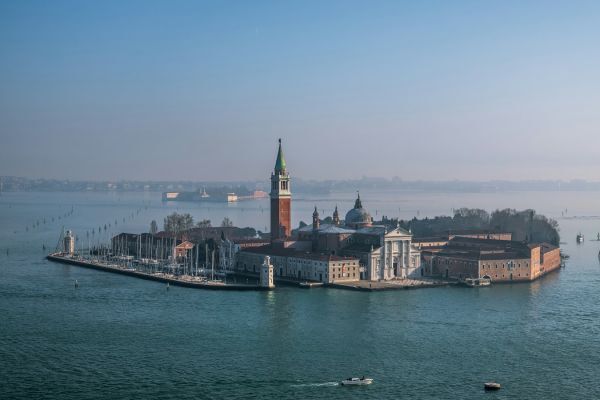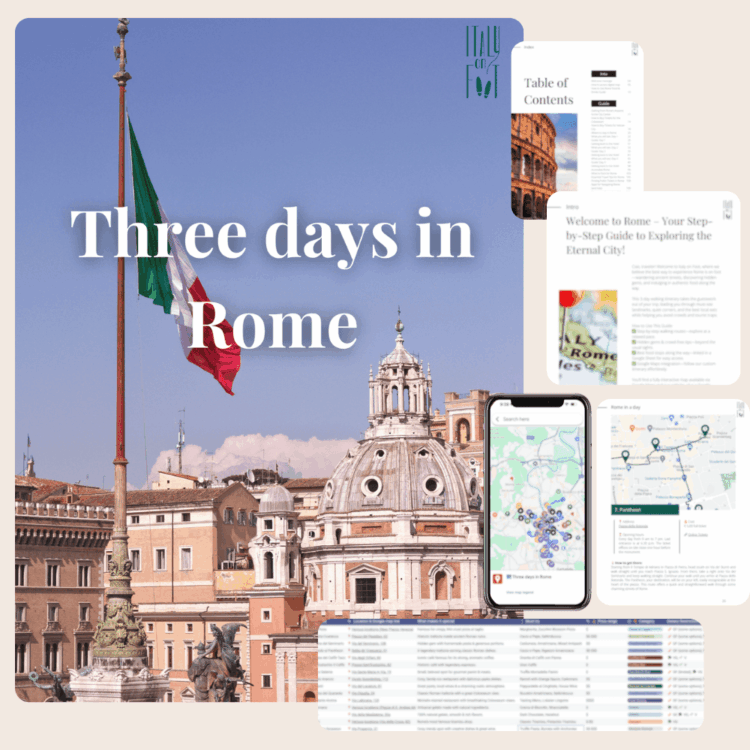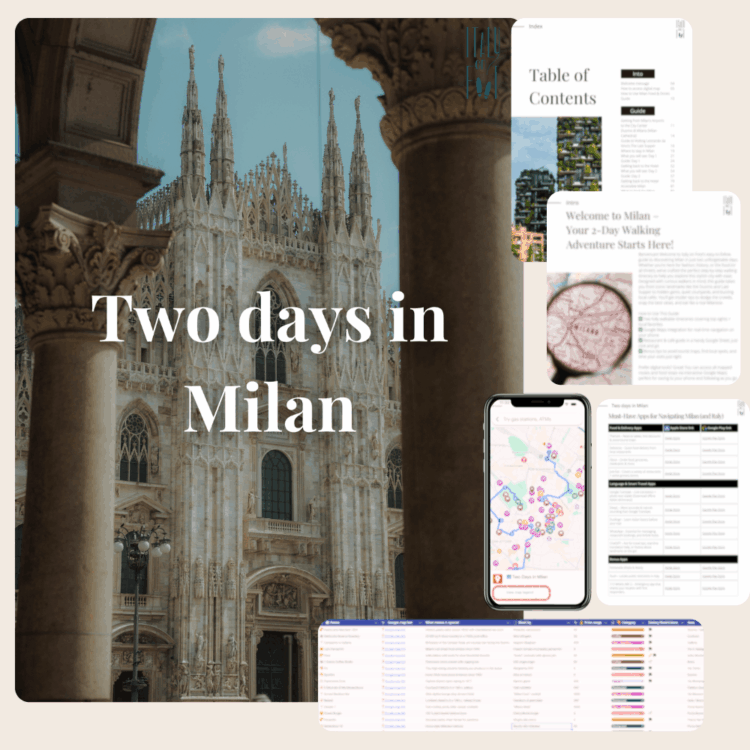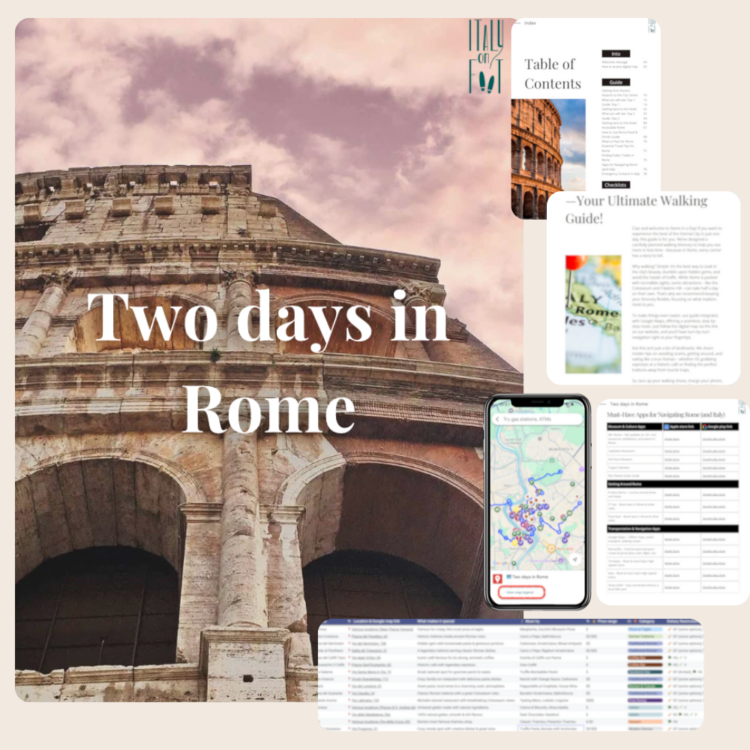Traveling between the US and Italy can be an eye-opening experience, full of delightful surprises and intriguing differences. If you’re planning to visit or move to Italy, understanding these cultural nuances can be incredibly helpful. Here are 18 cultural differences between the US and Italy that you might find fascinating.

1. Greeting Etiquette
In the US, a firm handshake is the common way to greet someone, especially in a professional setting. But in Italy, greetings are often more personal and affectionate. Italians typically greet each other with a kiss on both cheeks, even among acquaintances. This can feel very intimate for someone used to American customs. It’s also common to see people hugging and using friendly terms like “ciao” for hello and goodbye. Getting used to these warm greetings can take some time, but they truly reflect the welcoming nature of Italian culture.
2. Dining Customs
One of the most noticeable differences lies in dining customs. In the US, meals can be quick and often eaten on the go. Fast food restaurants are a staple, and it’s not uncommon to eat while walking or driving. In Italy, however, meals are a sacred time to be enjoyed without rush. Lunch and dinner are seen as social occasions, often lasting for several hours. Italians take pride in their food, and meals usually consist of multiple courses. Don’t be surprised if a simple dinner turns into a lengthy affair filled with laughter and conversation. For more insights on dining habits, check out these Italy on foot travel tips.
3. Coffee Culture
While Americans often enjoy large cups of coffee to go, Italians have a completely different approach. Coffee in Italy is usually a quick, social affair. Italians typically drink espresso, and it’s common to stand at the bar while sipping your coffee. Drinking coffee on the move or ordering a large, flavored coffee is almost unheard of. Each coffee type has its specific time: cappuccinos are generally enjoyed only in the morning, never after meals. If you order one after lunch, expect a few puzzled looks.
4. Work-Life Balance
In the US, the work culture often revolves around long hours and a fast-paced environment. Many Americans pride themselves on their work ethic, sometimes at the expense of personal time. In Italy, the pace is more relaxed, and there is a strong emphasis on work-life balance. Italians value their downtime and family gatherings. The concept of “la dolce vita” or “the sweet life” reflects their approach to living well, taking time to enjoy life’s pleasures. Extended lunch breaks and afternoon rests are common, making the workday feel less hectic.
5. Family Dynamics
Family is at the heart of Italian culture. While family is also important in the US, the dynamics can differ significantly. In Italy, family ties are incredibly strong, and it’s common for multiple generations to live close to each other or even under the same roof. Family gatherings are frequent, and Sundays are often reserved for family lunches. In contrast, Americans tend to move around more for work or personal reasons, which can sometimes lead to more dispersed family units. The emphasis on family in Italy provides a strong support network and a sense of belonging.
6. Fashion Sense
Fashion is a significant part of Italian culture. Italians are known for their impeccable style, and you’ll notice that even casual attire is chic and well put together. Men and women alike take great care in their appearance. In the US, fashion can be more varied, with a wide range of styles, from ultra-casual to high fashion. While Americans certainly have a keen sense of style, in Italy, dressing well is almost an art form, reflecting a national pride in appearance and presentation.
7. Public Transport
Public transportation is another area where you’ll see notable differences. In many US cities, cars are the primary mode of transport, and public transit systems can be limited outside of major metropolitan areas. In Italy, however, public transportation is widely used and very efficient. Trains, buses, and trams are common, and many cities have extensive networks that make it easy to get around without a car. This reliance on public transport is not only practical but also environmentally friendly, reflecting Italy’s commitment to sustainability.
8. Educational System
The educational systems in the US and Italy also have unique characteristics. In the US, there is a strong emphasis on extracurricular activities and a broad curriculum that encourages students to explore a wide range of subjects. Education is often seen as a holistic experience. In Italy, the focus is more on academic rigor and specialization. Students tend to choose their educational paths earlier and follow a more structured curriculum. The university system in Italy is also different, with a focus on lectures and theoretical learning over practical, hands-on experiences.
9. Healthcare
Healthcare is another domain where cultural differences are evident. The US has a private healthcare system where insurance plays a significant role, and access to healthcare can be influenced by one’s employment and insurance coverage. In contrast, Italy has a public healthcare system, providing universal coverage to its residents. While both systems have their pros and cons, the Italian approach ensures that healthcare is accessible to all, reflecting a societal commitment to public welfare.
10. Attitude Towards Time
Time perception differs markedly between the two cultures. In the US, punctuality is highly valued, and being late is often seen as unprofessional or disrespectful. Americans tend to have tight schedules and prioritize efficiency. In Italy, time is viewed more fluidly. While punctuality is appreciated, it’s not uncommon for social events to start later than planned. This relaxed attitude towards time can be challenging for those used to the American pace, but it also allows for a more laid-back and enjoyable experience.
11. Festivals and Celebrations
Both countries have rich traditions of festivals and celebrations, but they manifest differently. In the US, holidays like Thanksgiving and the Fourth of July are major events, often involving travel and large family gatherings. Italy has its own array of unique festivals, deeply rooted in history and religion. From the Venice Carnival to the Palio di Siena, these events are vibrant and community-focused, often featuring elaborate costumes, parades, and feasts. Participating in these festivals offers a glimpse into Italy’s deep cultural heritage.
12. Language and Communication
Language and communication styles can vary significantly. In the US, direct communication is often valued, with a focus on clarity and brevity. Italians, on the other hand, tend to use more expressive and elaborate language. Non-verbal communication, such as gestures and facial expressions, plays a crucial role. Understanding these subtleties can enhance your interactions and help you appreciate the richness of Italian communication.
13. Attitude Towards Rules
The attitude towards rules and regulations can also differ. In the US, there is generally a strong adherence to rules and regulations, with an emphasis on law and order. In Italy, there is often a more flexible approach to rules, with a tendency to prioritize practical outcomes over strict adherence. This difference can be seen in various aspects of daily life, from driving habits to bureaucratic processes.
14. Socializing
Socializing patterns can be quite distinct. In the US, social interactions often revolve around scheduled events and activities. People might meet for coffee, attend organized gatherings, or participate in group activities. In Italy, socializing is more spontaneous and often centers around meals. It’s common to see groups of friends or family members lingering over a meal, enjoying each other’s company without a rush. This relaxed approach to socializing creates a warm and inviting atmosphere.
15. Attitude Towards Strangers
In the US, people can be friendly but reserved with strangers. It’s common to exchange pleasantries, but deeper connections often take time to develop. In Italy, the warmth extends to strangers as well. Italians are generally open and welcoming, often striking up conversations with people they’ve just met. This open-heartedness can make you feel at home quickly, even if you’re a newcomer.
16. Art and Architecture
Art and architecture are integral to Italian culture. Italy is home to countless historical landmarks, museums, and art galleries. The appreciation for art is deeply embedded in daily life, from the ancient ruins of Rome to the Renaissance masterpieces in Florence. While the US also has a rich cultural scene, the scale and historical depth of Italy’s art and architecture are unparalleled. Exploring these cultural treasures offers a profound understanding of Italy’s artistic legacy.
17. Sports and Recreation
Sports play a significant role in both cultures, but the preferences differ. In the US, sports like American football, basketball, and baseball dominate. In Italy, football (soccer) is a passion that unites people across the country. The excitement of a football match, whether it’s a local game or a national league, is palpable. Additionally, Italians enjoy a variety of recreational activities, from cycling to hiking, often taking advantage of the country’s beautiful landscapes.
18. Environmental Awareness
Environmental awareness is another area where cultural differences are evident. In recent years, the US has made strides in promoting sustainability and environmental protection, but practices can vary widely. Italy, with its long-standing traditions of local farming and a strong connection to the land, often emphasizes sustainable practices. From local markets to eco-friendly initiatives, there’s a visible commitment to preserving the environment. This awareness is woven into daily life, reflecting a holistic approach to sustainability.
Understanding these cultural differences can enrich your experience and help you navigate life in Italy with ease. Embrace the journey and enjoy the unique blend of



